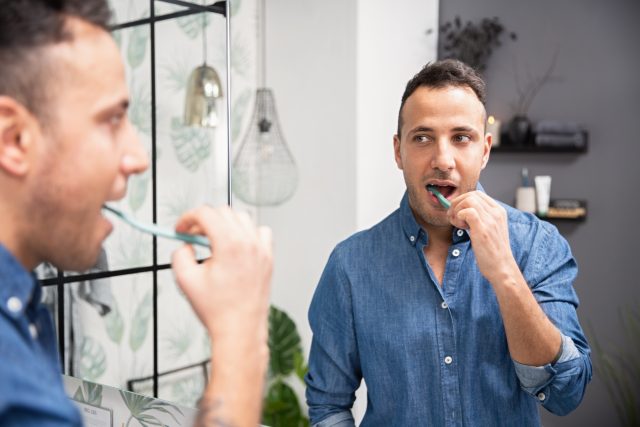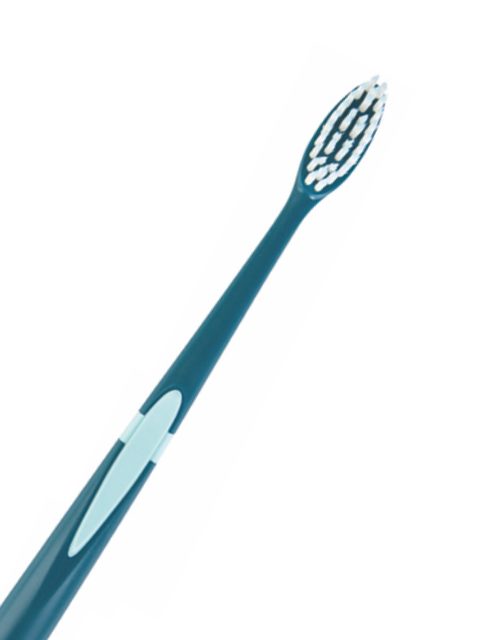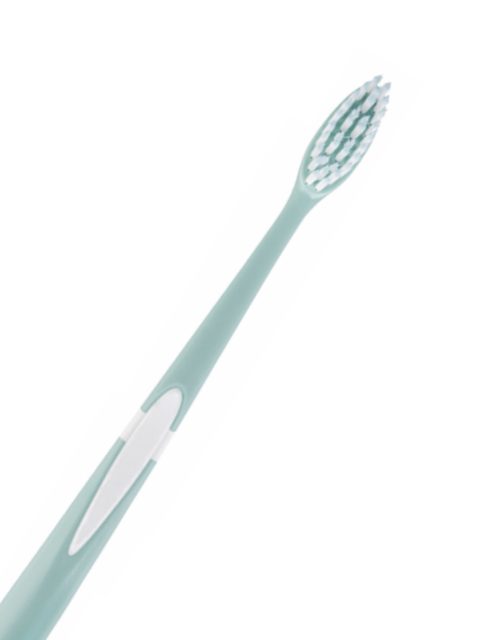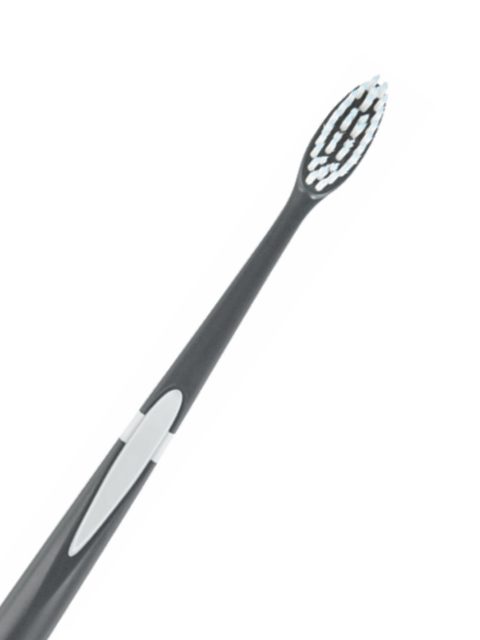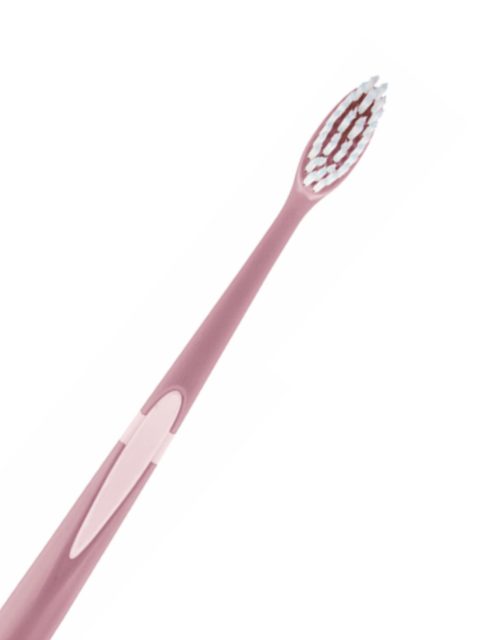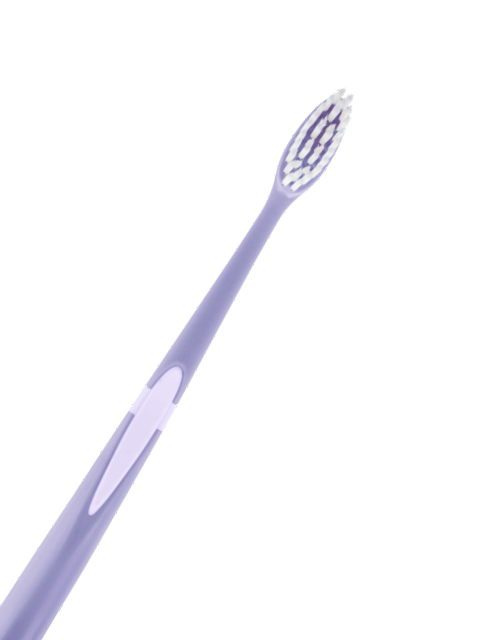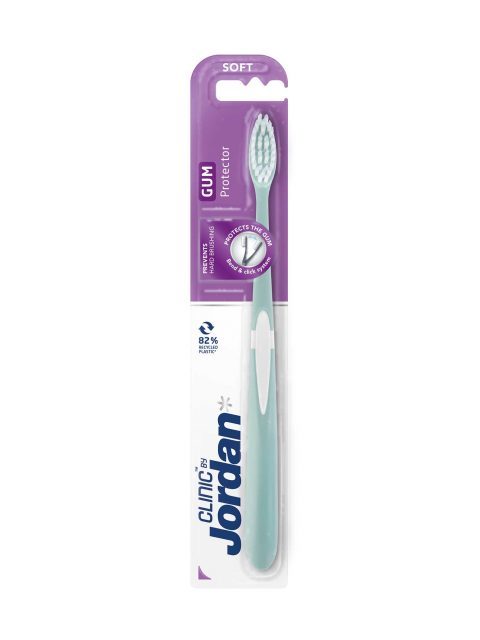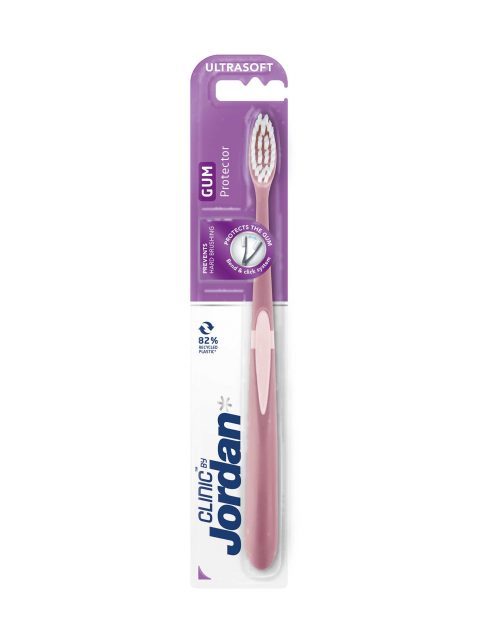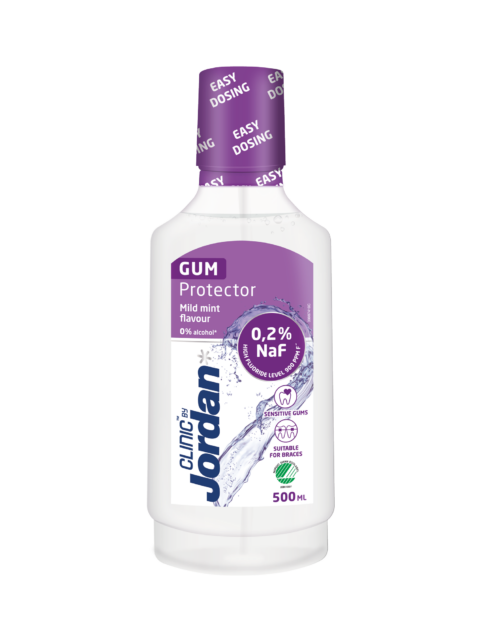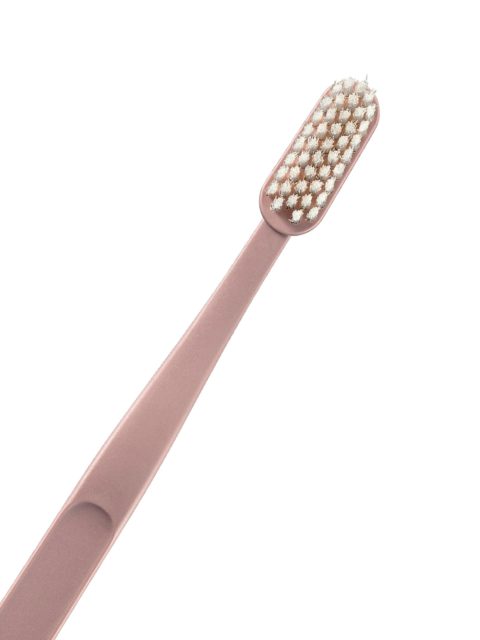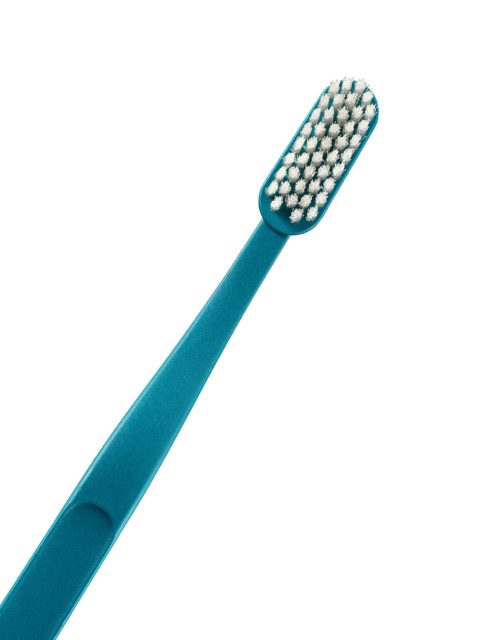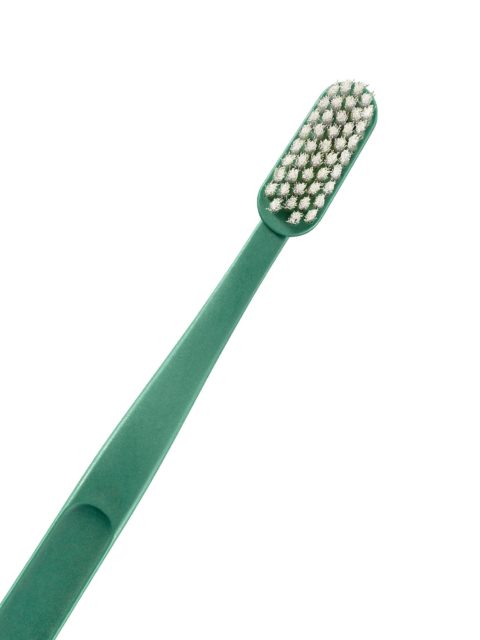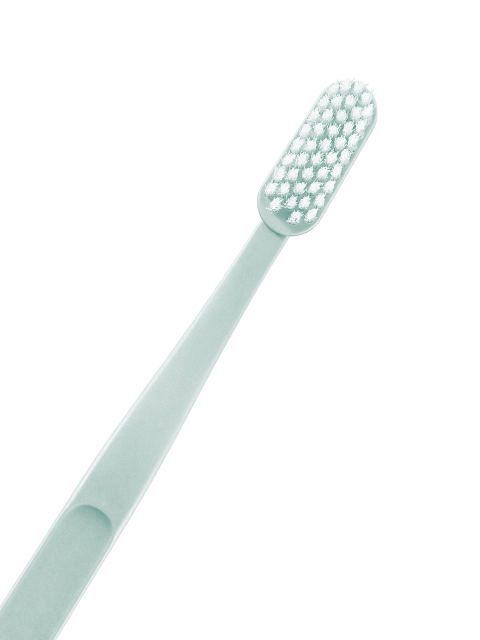Bleeding gums? Here’s what to do
Whether you suffer from bleeding gums, swollen or in general sore gums, it is important to not wait too long with taking the appropriate action. Taking better care of your gums starts with a solid oral care routine, but what more can you do? We have gathered some information down below that can help you on your way to better gum health!
Don’t panic if your gums start bleeding one day after you’ve finished with your dental hygiene routine. It can happen to the best of us, really! Generally, there are several reasons that cause discomfort and inflammation of the gums.
Bleeding gums: Causes
Your gums can suddenly start to bleed after brushing or flossing for several reasons. You aren’t on top of your dental hygiene routine, you lack some vitamins or there can be more deep-rooted issues at hand. Bleeding gums, like receding gums, can possibly be an early warning sign of more serious dental problems such as an excessive buildup of plaque which leads to gum disease, or gingivitis.
The most common causes for soreness and bleeding gums are:
- Brushing too hard
- Inflammation/ gingivitis
- A side-effect of medication you are taking
- Smoking
- If you have dentures that don’t properly fit
- Flossing
- Pregnancy
- Previous dental work that is causing complications
But, what can you do to treat your discomfort and nurse your gums back to health?
Bleeding gums: Solutions
This article explains what healthy gums are and what they look like, but how can you resolve bleeding gums specifically? You can treat sore gums in most cases by simply taking better care of your teeth. This means brushing twice a day and flossing regularly. Also, upgrading to a gum protecting toothpaste and a gum protecting mouthwash to your routine will reduce the buildup of plaque and thus help you on your journey to better gum health. Switching out your toothbrush for one with soft bristles, like our Clinic Gum Protector toothbrush or our Green Clean toothbrush, can be the way to go to help relieve your discomfort immediately. There are multiple benefits of using a toothbrush with soft bristles, and it will leave your teeth just as clean!
Possible solutions to the most common causes of inflammation and bleeding gums are:
-
Brushing too hard
- Instead, try to be more gentle when you brush and switch out your hard/medium brush for one with softer bristles. Even with a gentler approach you can be very thorough, and avoid the dangers of brushing too hard. To steer clear of the possible dangers, we recommend that you take a look at this article in which the dangers are revealed and explained.
-
Gingivitis/ inflammation
- An irritated gum can be a symptom of bacteria or plaque build-up. To ensure that you remove bacteria from hard-to-reach areas like between your teeth and where the tooth meets the gum, it’s important that you supplement your brushing routine with either dental floss or a flosser tool.
-
A side effect of medication you are taking
- Especially when it comes to blood-thinning medicine, bleeding gums can be a common side effect. If you suspect that the inflammation of your gums could be due to the medicine you’re taking, please contact your general practitioner (GP) or the physician in question that prescribed you the medicine.
-
Smoking
- It will be not surprising that smoking can have a negative impact on your health, but did you know that smoking could also be a player in dental problems? Cutting down on your smoking habit can help you prevent gum disease and improve your overall (oral) health.
-
Ill-fitting dentures
- Discomfort, bleeding gums and even blisters can be the result of ill-fitting dentures. If you suspect that your dentures are causing soreness in your gums, please contact your dentist for a consultation. However, did your dentures only recently started to feel uncomfortable? Then your dentures could just be dirty! In this article cleaning tips for your dentures are given in addition to tips on how you can maintain your oral health so that you can keep feeling comfortable in your dentures.
-
Flossing
- Did you recently start flossing? Well, then it’s normal that your teeth and gums need some time to adjust. The new movements and the flossing thread can feel a little uncomfortable and can cause gum bleeds in the beginning. Don’t worry about this too much! It just takes some time to get used to the new cleaning tool. However, if you want to be certain of your flossing technique, please read our flossing guide to help you get started.
-
Pregnancy
- If you are pregnant then there is a chance that you have developed pregnancy gingivitis. This is a normal occurrence due to the hormonal changes in your body, which can make your gums more vulnerable to plaque. This extra plaque buildup can result in bleeding gums. You can try to relieve your gum inflammation by using a softer toothbrush, Clinic Gum Protector toothpaste and Clinic Gum Protector mouthwash. However, please contact your dentist for a consultation on how to take care of your oral health while you are pregnant.
-
Complications from previous dental work
- In this case, please contact your dentist for a consultation if you suspect that past dental work may be the cause of your discomfort and bleeding gums.
If you keep experiencing discomfort or bleeding gums, you should not hesitate to visit your dentist to make sure that your oral health is monitored by a professional.
Sources
- Robinson, K. M. (2020, December 4). What diseases could cause my gums to bleed? WebMD. https://www.webmd.com/oral-health/bleeding-gums-other-conditions
- National Health Service UK. (2019). Gum disease. NHS UK. https://www.nhs.uk/conditions/gum-disease/treatment/
You might want to read

How to get the most out of your toothpaste tube
Making your toothpaste last longer is a sustainable choice in itself, with reducing how much product goes to waste. On our Green Clean toothpastes, we…
Read more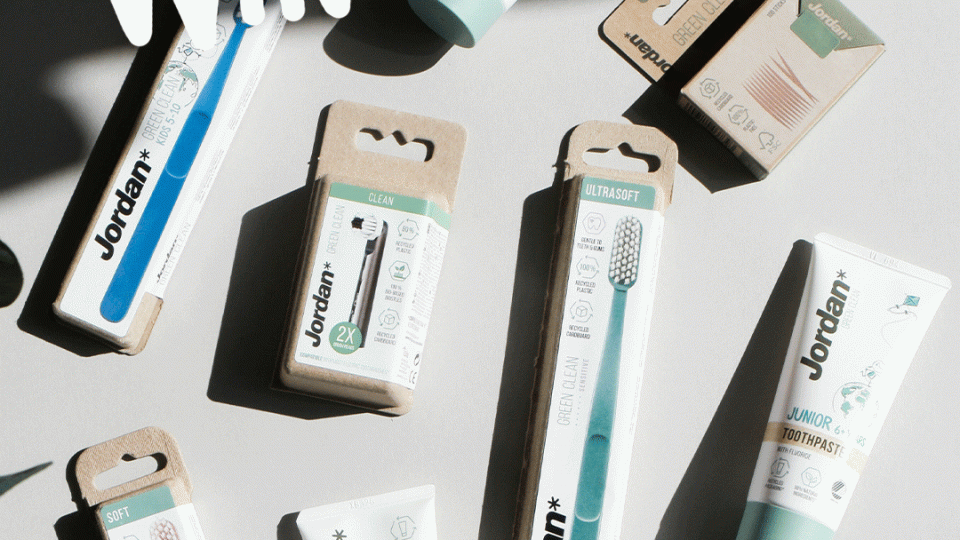
#EasyGreenChoice
April is our #EasyGreenChoice-month, where we highlight choices for a more sustainable everyday life. Join us in celebrating both small and big ideas by sharing…
Read more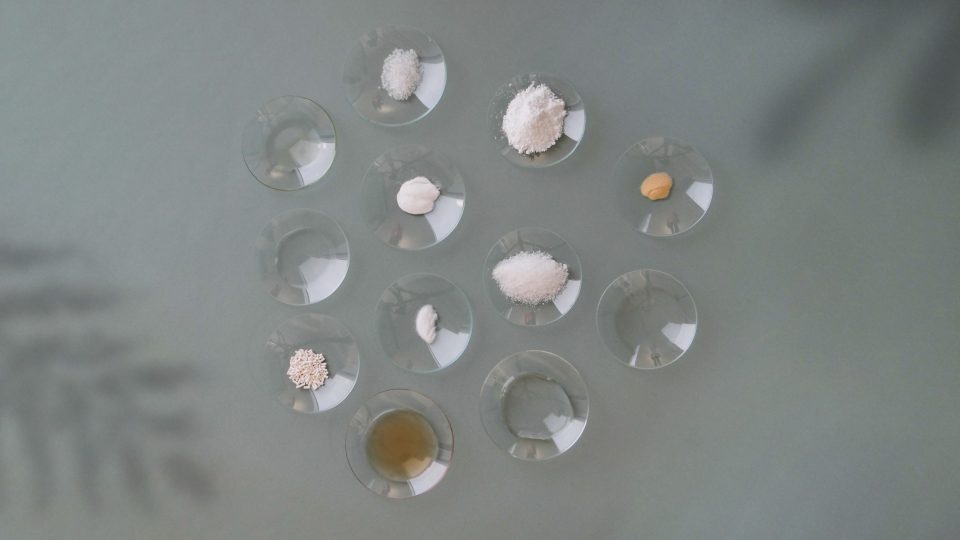
Natural toothpaste ingredients
When making toothpaste from almost 100% natural ingredients - what does it really contain? We visited the lab in Oslo, Norway, to take a closer…
Read more